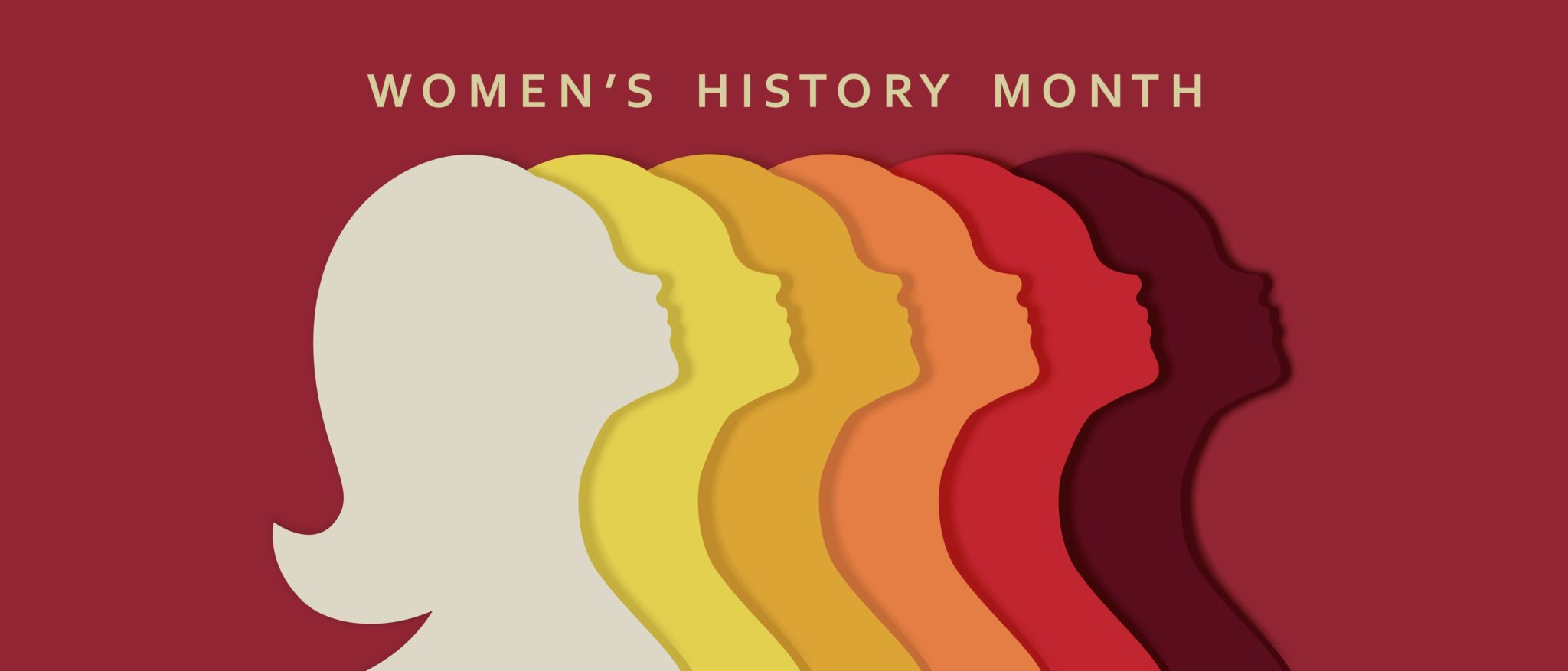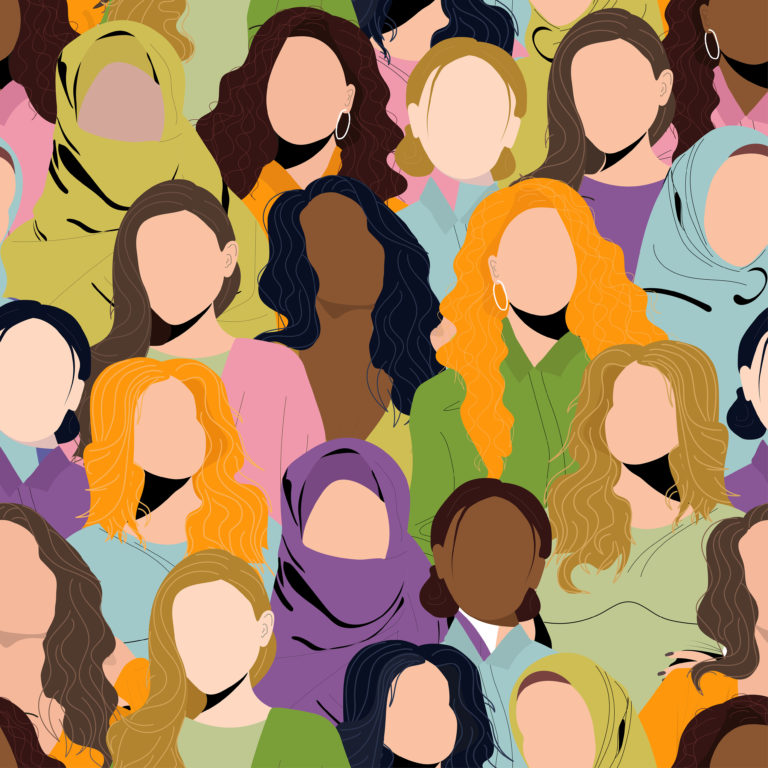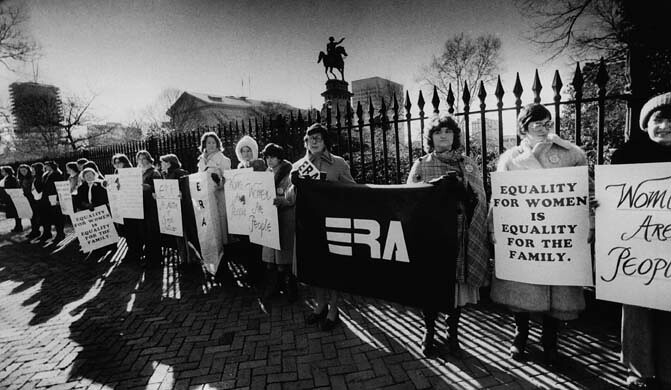March is Women’s History Month, a time designated to honor women’s historic achievements and…
How Did Women’s History Month Come To Be?

Women’s History Month is celebrated every year, but did you ever wonder how it came to be?
Barbara Lee, Founder of the Barbara Lee Family Foundation, realized the lack of women in her history book from grade school. This realization along with other challenges facing women inspired Lee to start our nonpartisan research organization. Similarly in 1972, a male student in teacher Molly MacGregor’s high school class in California asked, “What is the women’s movement?” MacGregor realized the “only item of women’s history she could find in her textbooks was a chapter about the Seneca Falls Convention, a women’s rights gathering in 1848.” Even though that same year, women were making history across the country – Shirley Chisolm became the first African American to seek a presidential nomination from a major party, Title IX legislation passed, and Gloria Steinem and Dorothy Pitman Hughes launched Ms. Magazine. Yet – there was little documentation regarding women’s contributions to U.S. history.
The question sparked a mission to “write women back into history.” In 1978, the Education Task Force of the Sonoma County (California) Commission on the Status of Women first celebrated “Women’s History Week” during the week of March 8th. The Task Force picked the week of March 8th because it coincided with International Women’s Day. What started as a local celebration in Santa Rosa, California quickly grew across the country, with other areas establishing their own Women’s History Week celebrations.
In 1980, MacGregor, Mary Ruthsdotter, Maria Cuevas, Paula Hammett, and Bette Morgan founded the National Women’s History Project (NWHP), a non-profit organization with a mission to educate and celebrate women’s contributions throughout history. That same year, in collaboration with other women’s groups and historians, the National Women’s History Project (now the National Women’s History Alliance) successfully lobbied for national recognition. President Jimmy Carter issued the first Presidential Proclamation declaring the week of March 8th as National Women’s History Week in February 1980. Part of the proclamation stated, “From the first settlers who came to our shores, from the first American Indian families who befriended them, men and women have worked together to build this nation. Too often the women were unsung and sometimes their contributions went unnoticed. But the achievements, leadership, courage, strength, and love of the women who built America was as vital as that of the men whose names we know so well …”
In the years following President Jimmy Carter’s proclamation, Congress passed joint resolutions designating a week in March as Women’s History Week. Schools across the country also began having local celebrations for Women’s History Week (later Women’s History Month) with educational programming acknowledging women’s contributions to society. By 1986, fourteen states had declared March as Women’s History Month.
In 1987, Congress passed legislation declaring March Women’s History Month. Since 1988, every U.S. President has issues annual proclamations designating March as Women’s History Month including the names of the five California women that made it happen. This year’s theme is “Celebrating Women Who Tell Our Stories.”







